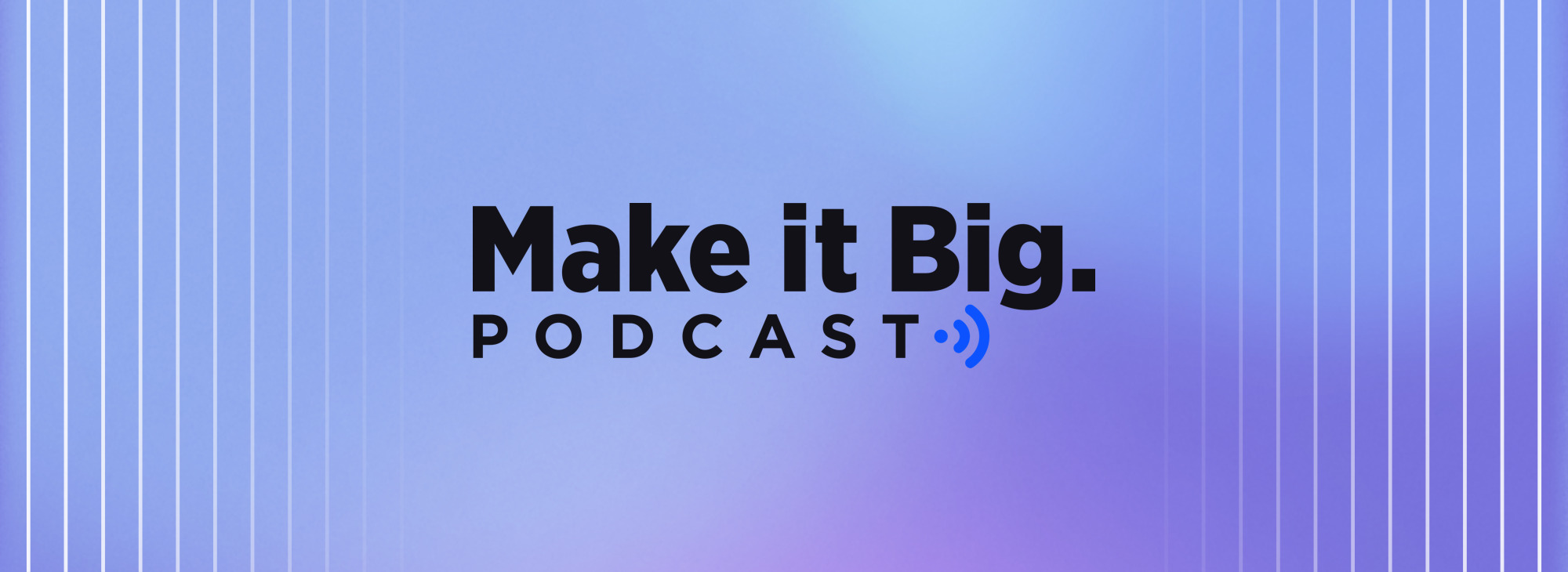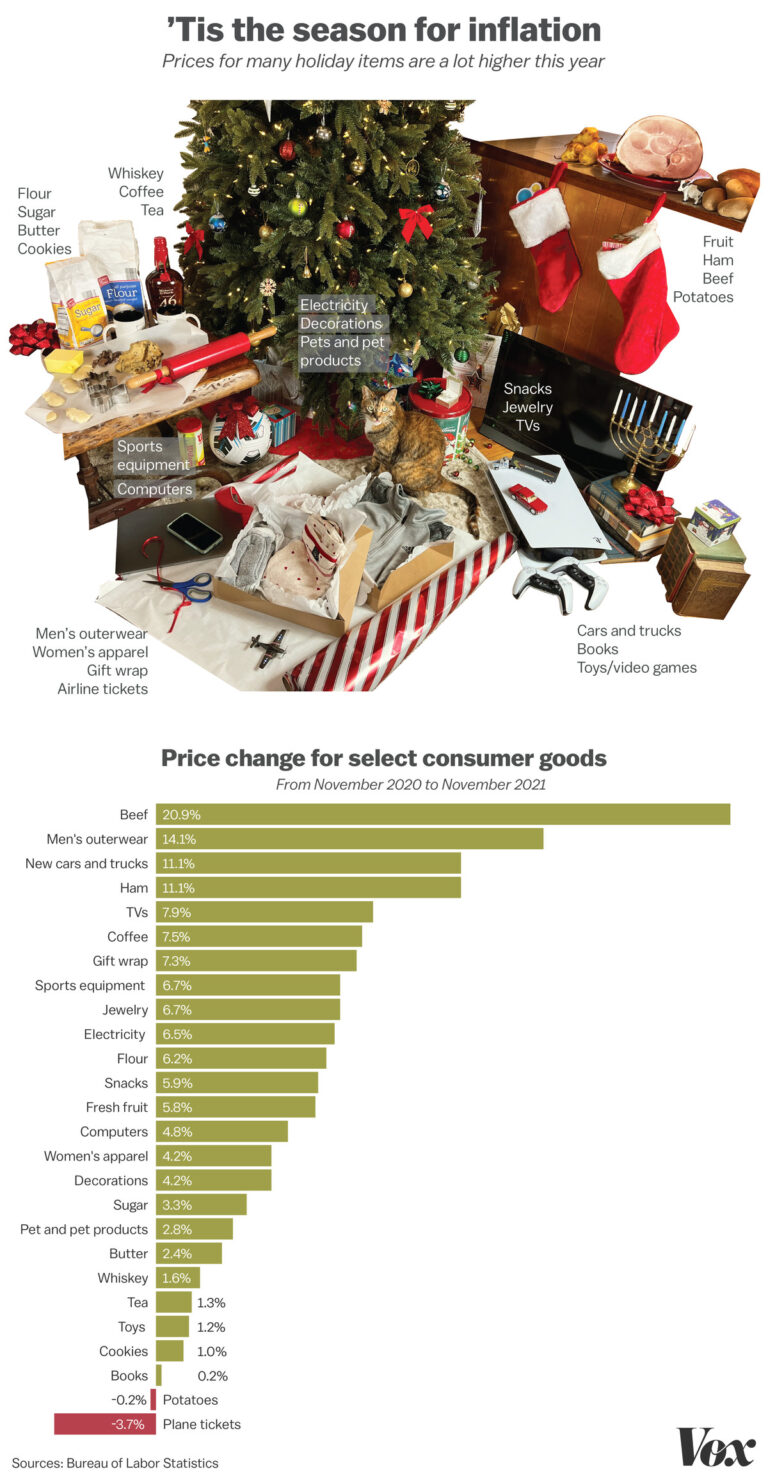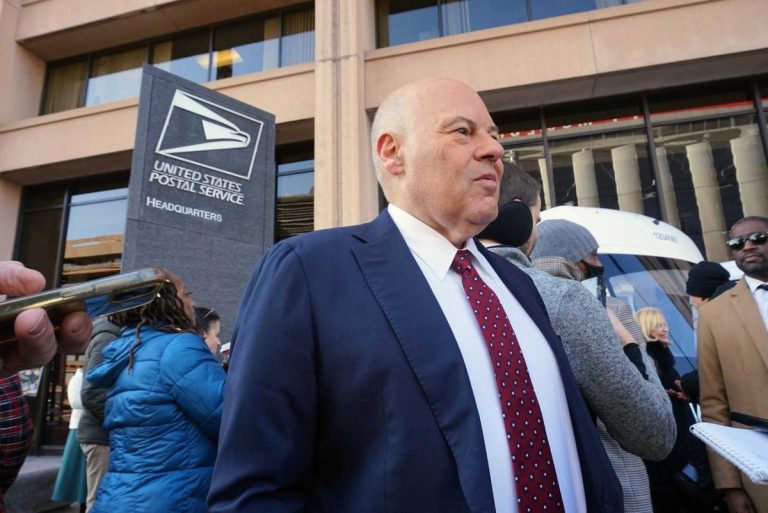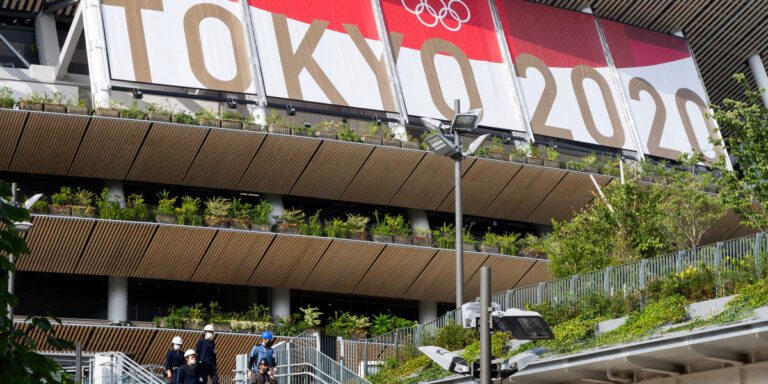
Welcome to The Make it Big Podcast, a bi-weekly audio series about all things ecommerce by BigCommerce.
In 2021, digital marketing is marketing. Co-Founder of DigitalMarketer, Richard Lindner, joins Melissa Dixon, BigCommerce’s Director of Content Marketing, to discuss the current state of marketing and where it’s headed.
The past year has forced brands to get even more creative in order to stand out in a crowded digital space and connect with customers. But, the basics still remain true: It’s the marketer’s job to channel and direct customers’ desires, not create them.
All episodes of The Make it Big Podcast are now available on Spotify, Apple and Google.
Here are a few excerpts from Episode 1:
Melissa Dixon: Tell us a little bit about how you got started [in marketing] and also ultimately what led to you founding DigitalMarketer?
Richard Lindner: “Absolutely. I got started 100% by accident. I did not intend to go into marketing much less digital marketing.
“When I first started, I didn’t really understand the Internet and wasn’t all that tech savvy, but I [came across] a business mentor who was a serial entrepreneur and had just transitioned from the traditional brick and mortar into online. [I] was able to mentor and almost apprentice under him as he really went from offline to online and quickly grew up [a] $20 to $40 million business in a very short time, just leveraging the Internet in very, very early days…
“The thought of founding a company or co-founding a company that taught other people how to market effectively and efficiently online, I would’ve never imagined the path from that to where we are today.
“We maintain that serial entrepreneur bug and launched a ton of new businesses launched or acquired, leveraged the media that we own to stand up new properties and new businesses and saw a ton of growth. We started teaching what we were doing because different founders and principals were being asked to speak on different events and share what was working. And we started productizing some of that knowledge and charging for it, making courses in very early course days, but we always saw it as a way to sell the by-product of what we were doing to reinvest into our ‘real businesses.’
“We started an event called Traffic & Conversion Summit 11 years ago and had the first one in Austin, Texas. And the third year in a row, 1,000 people paid to come. That was before DigitalMarketer existed.
“It was then that we stood back a little bit in all and said, ‘I don’t think this is what the kids would call today a side hustle.’
“So I think we’ve engaged in audience and we need to serve that audience. So it was day two of Traffic & Conversion Summit 3, when we made a commitment to launch DigitalMarketer. And because we are the consummate planners, we announced it on day three of year three at Traffic & Conversion Summit.
“So there was something about that extreme ownership, extreme accountability, and just going all in. That’s where it accidentally started and how we ended up here with DigitalMarketer.”
Want even more Make it Big insights? Stream the 2021 Make it Big conference on-demand today.
STREAM NOW
MD: Let’s talk about the current state of marketing. I know it may sound like maybe an overly simplified question, but how would you describe marketing in 2021 and what does it mean to you?
RL: “Melissa, I’ll tell you, I love that you asked the question how would you describe marketing? Because most people say what’s the state of digital marketing? How would you describe digital marketing? Here’s the great news in 2021, all marketing is digital marketing.
“Digital marketing is marketing. It’s just marketing now, at some point, no matter where you’re marketing through a digital platform or not your marketing transitions over to digital, right?
“It’s either digital ad space or you’re going to the web at some point. So everything is becoming digital. Radio ads are driving to digital, TV ads are driving to digital, print ads are driving to digital. So the origin of marketing, the origin of how you engage or make your person aware of your marketing message.
“Maybe [there’s] one thing that may not always start digitally, but everything comes back to digital. So digital is mainstream…
“Digital marketing is now marketing, all marketing is digital. What we saw this year, this past year during the pandemic is we saw 10 years worth of growth in online sales. I mean, that’s crazy. So what the pandemic forced, it can never take away. There are new habits. We all form new habits.
“The first three months of COVID, 10 years of growth. There’s no signs of stopping. And even though the world may open back up and we may go back to some aspect of what used to be as we’re establishing our new normal, those buying trends are not going away.
“What we expect as consumers from even non-online businesses, those expectations will not be reduced back to pre pandemic days. All marketing is going to be digital. That is not industry specific, business model specific. That is world specific.”
MD: What is your perspective on how to really become an expert in empathetic marketing and how to truly understand your audience and build that connection? What are some of the ways they can do that?
RL: “I fully understand that a lot of marketers and a lot of ecommerce store businesses and any kind of digital marketer, there’s a high probability that they are potentially an introvert. I get that, I can suffer from that as well.
“I can play an extrovert on TV, but at the end of the day, I’m an introvert. And I preface this because I’m pre-apologizing and I’m telling the introverts out there, you can do it. It’s okay.
“The first step in figuring out how do you clearly articulate what your customers are saying or feeling. What’s the conversation that they’re already having, whether or not you’re participating or not? She got to talk to him, you have to talk to him. And I don’t mean through a phone, like 100 customer conversations. That should be your goal. When the headline on your website is just a tightened-up version of something your ideal customer has said to you 15 times or more, when their ideal customer that’s never heard of you hits it. It’ll resonate with them.
“The type of content you’re creating should just be content that would solve the problem or make the average day better of that customer you’ve already talked to. You need to have real conversations with your customers to understand that pain, to understand the desires and to kind of start to walk a mile in their shoes, for lack of a better term.”
MD: From your perspective, what do you view as some of the fundamentals of good copywriting and why you think they’re so important?
RL: “Copy is copy. [Copy] should be broken up and chunked out and copy chunks should be used to drive to two bigger copy chunks, but what I see all the time is someone pulls up Microsoft Word or a Google Doc. And instead of having a conversation like you and I are, it becomes very formal even today, even when you think, like, I don’t know.
“I remember this’ll date me that I remember having to learn how to in middle in high school, write a formal letter, write a business letter. I see marketers that just revert to this tone of formal, speak in marketing messages. And that is the best way to not form a connection.
“So the conversational tone is critical. I think the next step is knowing who you’re talking to. And again, if you understand that, I love what you said, that empathy or empathetic marketing. If you understand the hopes and dreams, the desires and the outcomes of your customer, and you understand the frustrations today, then that’s step one.
“Now we have to clearly articulate those. Here’s where you’re at and here’s where you want to be. And here is how whatever I’m offering you will expedite your journey there. So, so much of marketing is conversational. But it’s very clear and concise, it’s benefit-based, we start with the benefit. And I think I see in marketing people confuse features with benefits.”
MD: When it comes to graphic design and enhancing the brand experience, what do you think that brands should really focus on?
RL: “The physical manifestation of that brand. Or physical embodiment, the human embodiment of that brand. I think everything has to be in alignment. If you look at your copy, your message has to be there. And if you’re messaging empathy and understanding, then the voice in your podcast that has to be there. The design is just a little bit deeper in, but it has to all say the same thing, like images need to represent your customer’s core desire.
“Think of the average day of your customer, today and think of the desired average day. No matter what it is, if it’s a widget, if it’s clothing, if it’s coffee does not matter, what are you selling?
“Remember, what are you marketing? Are you marketing happiness? Are you marketing luxury and [its] status, elevation, but images need to represent the before and the after.
“So when you’re looking at your site, whether it’s a landing page or a product page, or a cart, your checkout, how are you reinforcing that message?”
For full episodes, stream The Make it Big Podcast on Spotify, Apple and Google.






